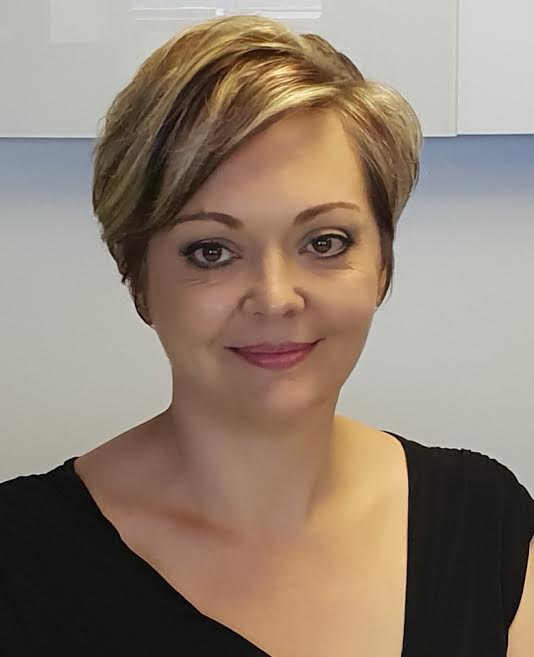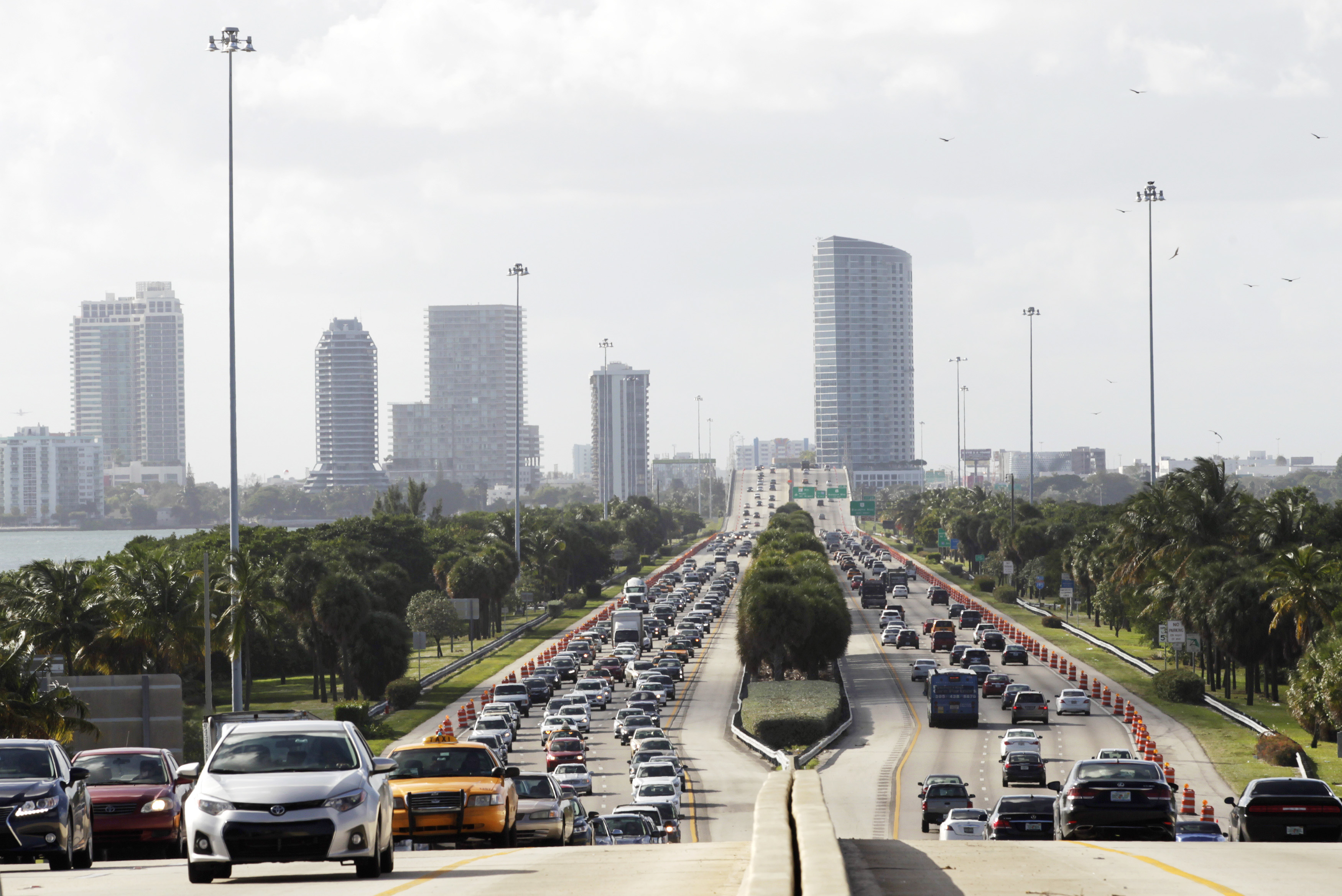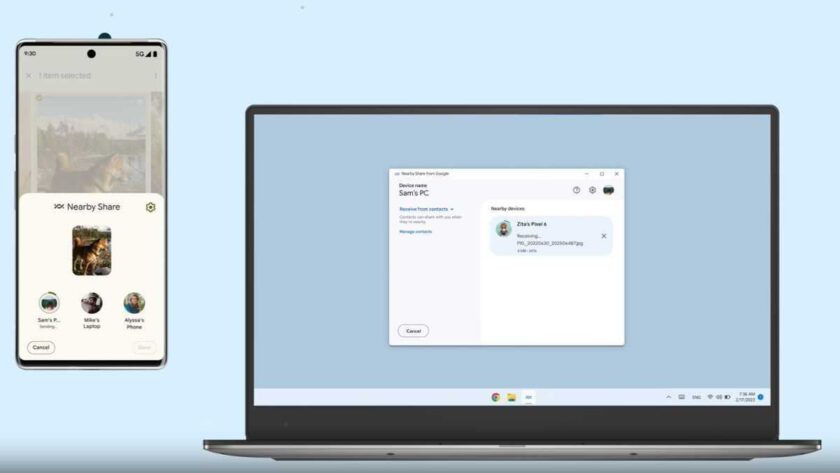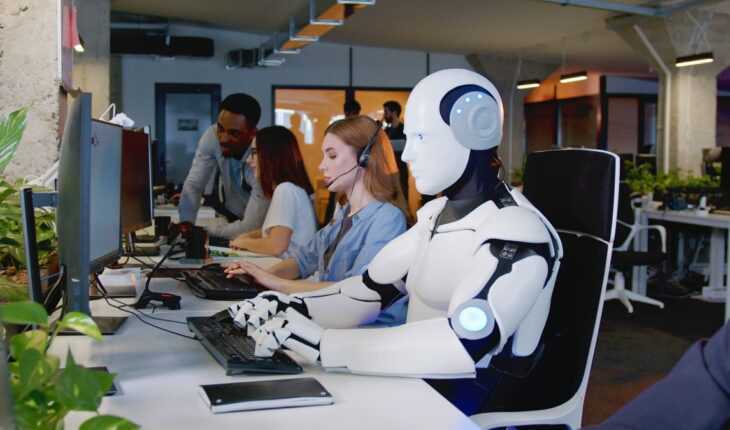The entire installed generation capacity of Africa’s 48 Sub-Saharan countries is just 68 gigawatts, no more than Spain; this is according to the Africa’s Infrastructure report conducted by the World Bank. Up to one-quarter of that capacity is unavailable because of aging plants and poor maintenance. In Sub-Saharan Africa, just one person in five has access to electricity. If current trends continue, fewer than 40% of Sub-Saharan African countries will reach universal access to electricity by 2050. Per capita consumption of electricity in Sub-Saharan Africa (excluding South Africa) averages only 124 kilowatt-hours a year and is falling. The rate of consumption is barely 1% of that in high-income countries. If entirely allocated to household lighting, it would hardly be enough to power one light bulb per person for three hours a day.
Marleze van Loggerenberg who is the Head of Business Development Africa at Wipro Limited, had an exclusive interview with Construction Review on how emerging markets in Africa can transform utilities through disruptive technology.
She recently attended the Sub Saharan Africa Power Summit in South Africa which according to her was a very eye opening summit. What stood out for her was that in attendance were various African countries including South Africa, the senior decision makers from the IPP, PPP and National Power communities across the region. Also, how people came together to discuss the challenges that Africa is facing and trying to find solutions around it and the real time interactions among the people was very successful.
-
What are the unique challenges that utilities in emerging markets are facing in Africa?
600 million people in Sub-Saharan Africa do not have access to electricity and two thirds of people do not have access to modern energy services mostly because the electricity supply perhaps is not strong enough. The current rate at which electrification is happening shows that by 2040 there will still be 500 million people that don’t have access to electricity.
In Africa we have got a very widely spread or dispersed population and there are a lot of people in rural areas that do not have access to electricity because it is really expensive to take the electricity to the people, i.e. it is not cost effective and not a viable option and for some areas there is land issues that act as a challenge.
Also, aging infrastructure of our utilities in Africa across the board that has not been maintained or most of the infrastructure has been replaced due to poor maintenance over time leading to a struggle to build new infrastructure to try and bring electricity to those that have no access. This now brings a challenge of either choosing to maintain the existing ones or building new ones.
Lack of funding is also a huge challenge that came up during the summit as well as getting funding from lenders. This is because most of the funders need to have securities in order to lend the money and if you do not have the funds you will obviously not be able to do the maintenance. Currently, there are several utilities that are running below the capacity some of them are running at 30% capacity because it is poorly maintained and replacement of the equipment in the plant will equally be so expensive.
-
How can these markets overcome these challenges?

Independent power producers (IPPs) are going to play major role in the future because they can run at a much more cost-effective way and do not go through the aging infrastructure because they do things differently. There is also the rise of prosumers, meaning people that produce and consume their own energy e.g. businesses, industry or even individuals who should have a multi-directional smart grid hence sell power back into the grid. Also, a consumer can sell the power back to the grid but they have to have a multi-directional smart grid to be able to do that.
IPP are popping everywhere in Africa, in South Africa there is an office for that specifically but then they are moving into Africa at a very fast rate and the major challenge is government regulations and how to work with them together with the traditional utilities so as to bridge the gap.
Smart metres and prepaid metres are also starting to become a strong topic of discussion and this will help in better revenue collection and eventually there will be a reduced rate of illegal connections of electricity.
Good governance and the automation of the backing processes and provide ERP solutions is becoming really important because it will create transparency in revenue collections where resource managements and utilities can better make their decisions and how they spend their funds.
Productive ways of maintenance that can help prolong the life of the assets and also help utilities to run at maximum capacity and also contribute towards controlling power outages. Also, having power pools is another solution in Africa that utilities can participate in but the participation of this is not as active in Africa, so if the African utilities can start grouping across the international boundaries and upgrade those infrastructures and start making this resourceful then it can create a cost-effective solutions within the traditional utilities.
-
What interventions are required in order to be at par with the rest of the world?
Incorporation of renewable energy; low-carbon, low fuel sources and making more cost-effective like use of liquid- natural gas where we still do not have that in South Africa and other African countries. IPPs and other government regulations should also be applied so as to add to these incoming agreeable results.
Becoming more customer centric, i.e what we see in the rest of the world where consumers can choose if they want a green energy or they want power from a utility, and they can see what the power usage is in that they can manage their costs, however, in Africa we don’t have customer centricity and that is one of the major interventions that should be applied.
Also, obviously the renewing of infrastructure in Africa is definitely a huge intervention that needs to happen.
-
What technology can utilities leverage in order solve real problems that African markets are currently facing?
When talking about utilities, there are three things under which I would like to point out; the first is connected asset, connected customer and connected workforce.
Under connected asset easily have predictive and preventative maintenance on your grids and in your plants so that before a problem happens you can be able to detect that there is going to be a problem and this will prolong the life of your assets.
Under connected customer, we delved into it briefly. This is where the consumer is more in control of the energy usage, see if the customer is not connected and have real energy data, have specific programs, so that they can say when I use my energy at this time then it’s going to be more expensive than when I use it later.
Connected workforce is really under the theme of optimal field services so having the right people with the right knowledge of the right time with the right material to go and do the job.
-
What innovative and sustainable solutions would you recommend?
Incorporation of renewable energy into Africa- low carbon and low fuel, in that we should start embracing the independent power producers and what they are doing because they are making significant strives to help people especially in the rural areas
-
How can technologies such as AI, Blockchain, IOT, UAV assist?
One of the main innovations is drone technologies that can be used in the maintenance of the power lines and all your technology. With IOT on the other hand, you can use in predictive maintenance and thus can help, also giving information through the digital field operation that you can use for disaster inspection with drones or Augmented Reality (AR) that transposes digital information over the real reality and the inspections are what is happening on the power lines or if there’s any disaster or if there is anything else that needs to be done.
Then there’s artificial intelligence where you can use human centric self service i.e a concept called shifting from calls to clicks, so rather than having a huge call centre where there are a lot of people who have to call into to deliver a complaint you now have you now have an automatic platform that will help in answering your questions on a portal or on a cell phone app that will solve your problem and help deliver almost instantly.
-
What are the digital misconceptions that African emerging markets are currently had to dealing with?
For utilities, the digital misconception is probably that Africa does not need to digitize. I would say that Africa has been very slow to adapt to digital technologies, they need to embrace this because the digital world is here and is here to stay. We cannot continue delaying it because we are moving into the fourth and fifth industrial revolution and if we keep on delaying it the whole market will probably lose so if we’ve got all these emerging digital technology coupled with IPPs and all these new ways of generating energy that are cost-effective and new renewable energy, then Africa should just consider and embrace it as it comes.




